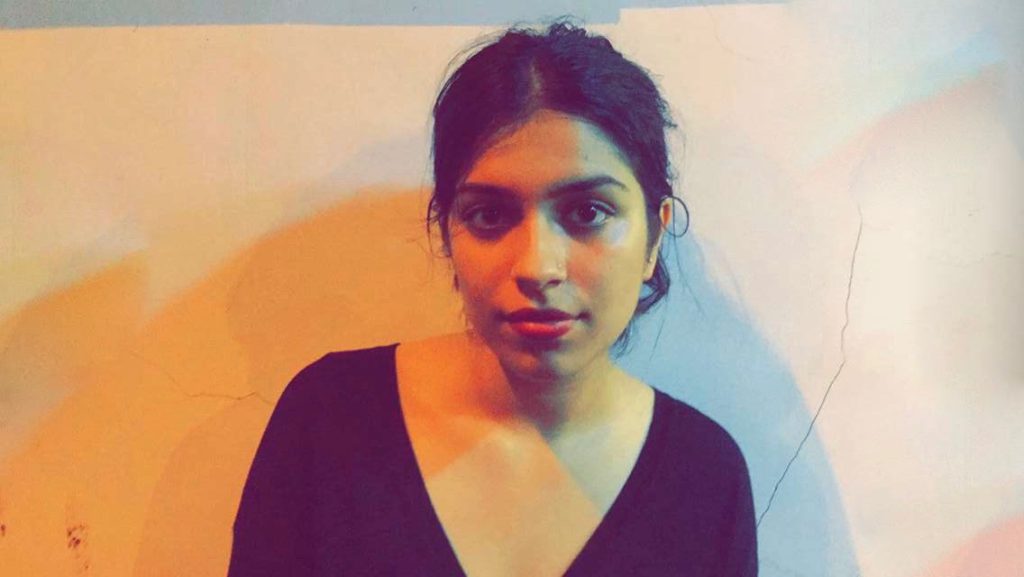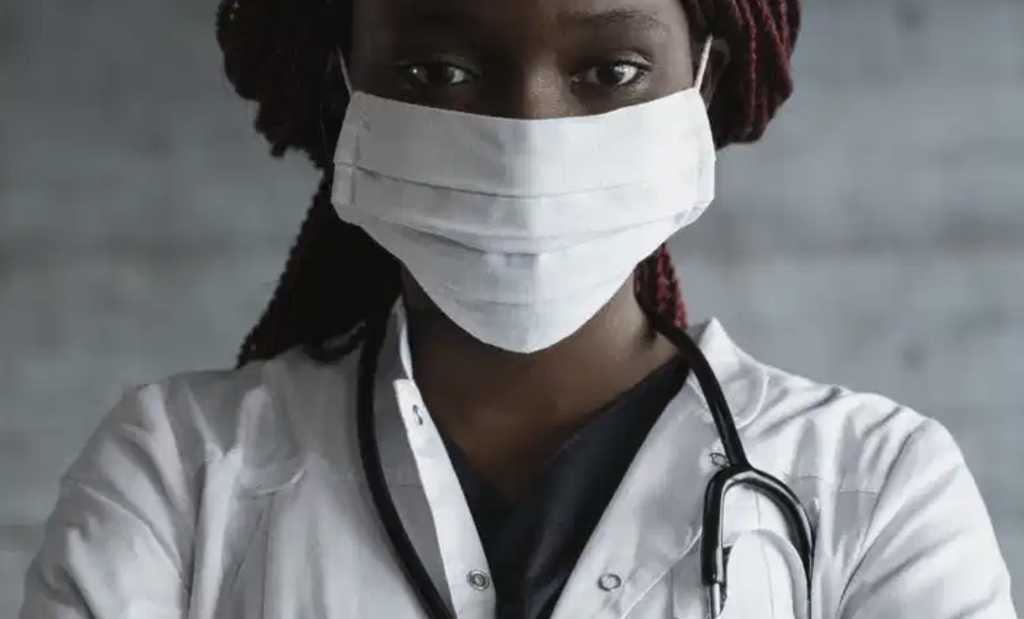Sahiyo Volunteer Spotlight: Social Media Intern Kamakshi Arora

Kamakshi Arora is a social media intern for Sahiyo. She is a multidisciplinary designer, artist, and researcher. She has a bachelor’s in Mechanical Engineering from NC State and a Masters in Product Design from The University of The Arts. Originally from Mumbai, India, she moved to the United States to pursue higher studies. She is particularly interested in using a transdisciplinary, participatory approach to design strategies for addressing current gender inequities, and to co-create meaningful initiatives to tackle women’s rights and health issues. She supports Sahiyo’s mission of empowering women through innovative grassroots initiatives based on storytelling and community engagement and is grateful for the opportunity to learn more about working in a feminist organization. 1) When and how did you first get involved with Sahiyo? It was early in the year, and I really wanted to volunteer and support a feminist organization that was working for gender equity and reform. My thesis was on the concept of healing for survivors of sexual assault. I wanted to find an organization that was doing similar work and as soon as I found out about Sahiyo, I knew I had found that place. Sahiyo’s approach of combining storytelling and advocacy really caught my eye. I’m also from Mumbai so it felt like a great fit to be a part of an organization that was based out of my home. 2) What does your work with Sahiyo involve? Right now I’m mostly involved in social media. This includes programming and developing content, sharing articles and educational information on our channels, and maintaining our persona online. As a designer, I love that I can be creative as I have used my artwork and drawing as a way to advance Sahiyo’s program. I try to subtly use my training in human-centered design and trauma-informed principles in the work that I create for Sahiyo. 3) How has your involvement with Sahiyo impacted your life? Greatly. For one thing, I saw the power of storytelling in all its forms. Sahiyo taught me to be coherent and persevering with our messages and how we can write a story that supports the purpose of our mission. Second, my perspectives as an intersectional feminist have expanded. I was not aware of female genital cutting (FGC) before. I have learned much about the issue of FGC and its existence in the broader context of women’s subjugation in our society and cultures. I’m now a lifelong advocate and ally of Sahiyo’s mission and will continue to use my own skills to do my bit. 4) What words of wisdom would you like to share with others who may be interested in supporting Sahiyo and the movement against FGC? Please do not be afraid to learn and inquire about female genital cutting. By asking questions and speaking actively, we are contributing to Sahiyo’s mission to end FGC. Share our stories, attend our workshops, make a donation, and/or volunteer. It’s all so informative, and you’ll leave with a wealth of resources to do your own advocacy.
Female genital cutting: Underacknowledged and underrecognized in the United States

By Cate Cox On June 3rd, 2021 Sahiyo partnered with the Connecticut Trauma and Gender Learning Collaborative and The George Washington University associate professor Dr. Karen McDonnell to hold a training for healthcare professionals who may interact with survivors of female genital cutting (FGC). The Connecticut Trauma and Gender Learning Collaborative focuses on trauma-informed and gender-responsive treatment. Many of the participants are actively providing clinical services. This presentation explored FGC in the United States and resources available for clinicians and other front-line professionals who may come in contact with women impacted by FGC, as well as how they can provide trauma-informed care. In particular, our training highlighted The George Washington University’s Women and FGM/C Toolkit as a tool to help further their education and to become better prepared to support survivors in their journey toward healing. Alongside the GW Women and FGM/C Toolkit, we highlighted Sahiyo resources such as the Trauma Blog Series by Joanna Vergoth, founder and executive director of forma, among others. During the training, we also used some of our Voices to End FGM/C videos to highlight the lack of education on how to support survivors of FGC in the medical field and the imperative practitioners have to fill in those gaps to better support all women. At the end of the presentation many of the attendees said they didn’t realize how widespread the problem of FGC is in the U.S. They expressed that they are grateful to have had the opportunity to learn how to better support their patients. Overall, trainings such as this one are crucial to help providers learn how to best support survivors and to help expand the understanding that FGC is a problem in the U.S. that we all need to be involved in addressing.
Female genital cutting: A poem

By Zainab Khambata Country of Residence: India As the blade pierced through my skin, All I could feel was pain. I looked into my mom’s eyes, And she shrugged helplessly in vain. I was yet another girl, Subjected to female genital cutting. As a mere child of seven, I did not contest, I wasn’t even aware, That all my dignity as well as my rights, Were stripped from me bare. “It is done in the name of religion,” they said. And it is this ideology I dread. It is done to curb a woman’s desires, To subdue her voice and her fire. My grandmother said “It’s all right, all girls must go through this in their life.” Why has society rendered women unaware? To the point where they do not know and do not even care. They torment innocent children, With everlasting scars, But yet this practice they refuse to stop, Fearing from society’s eyes they will drop. When will this age-old tradition come to an end? So that without emotional trauma, The rest of their lives little girls can spend. It is time to speak up about this, And make people aware, It’s time to show that we care.
